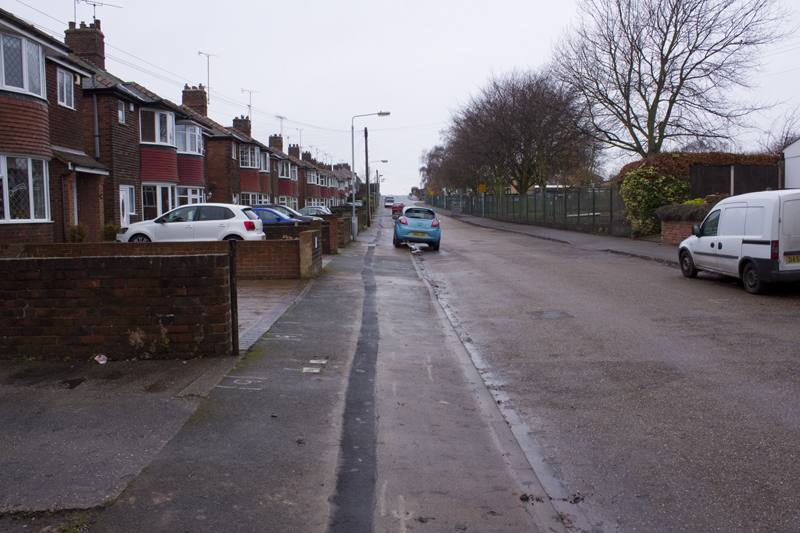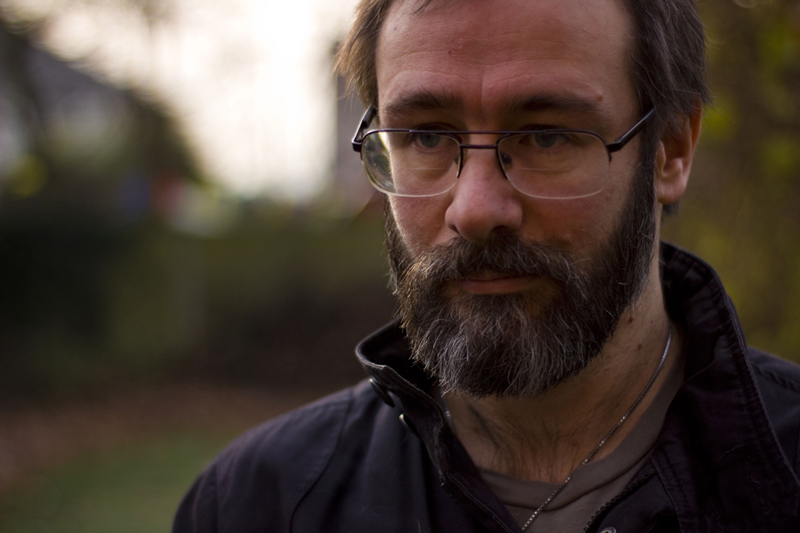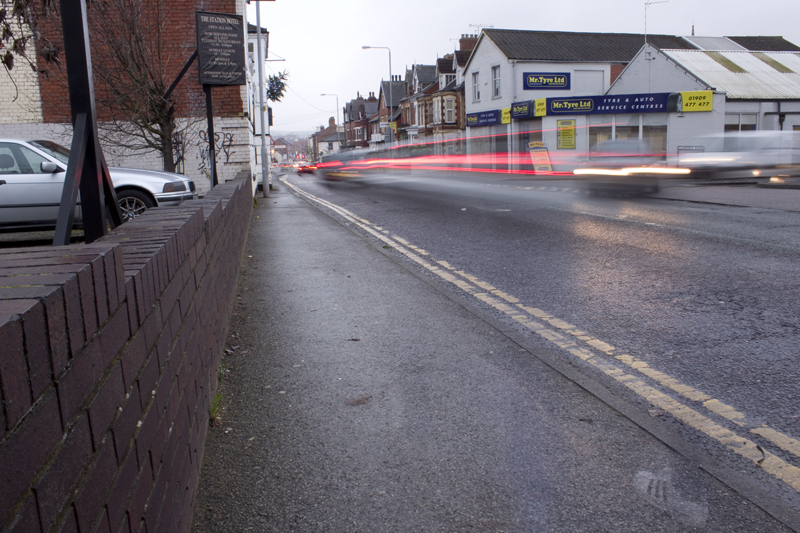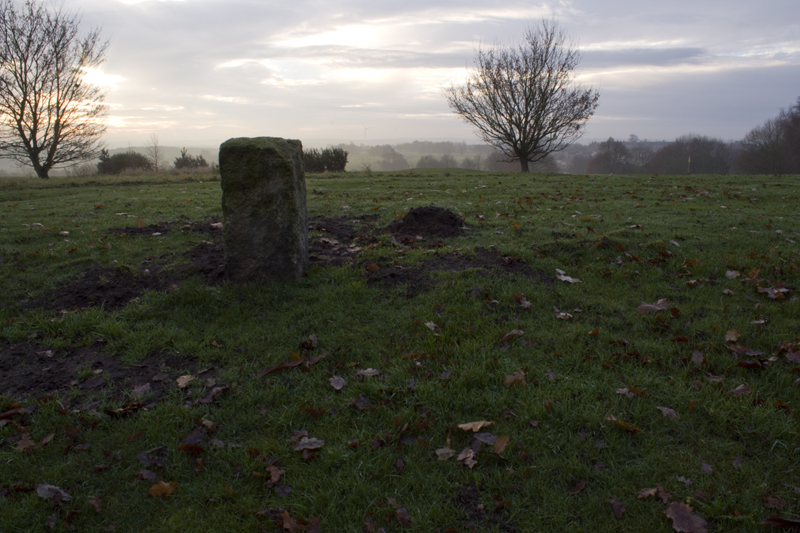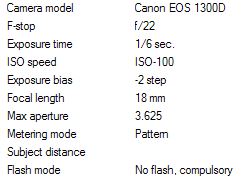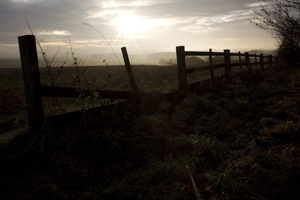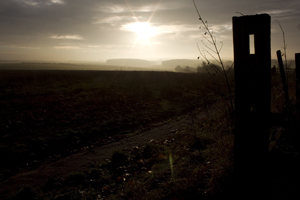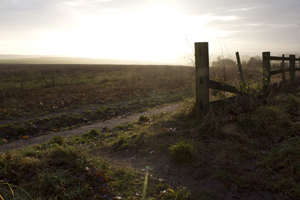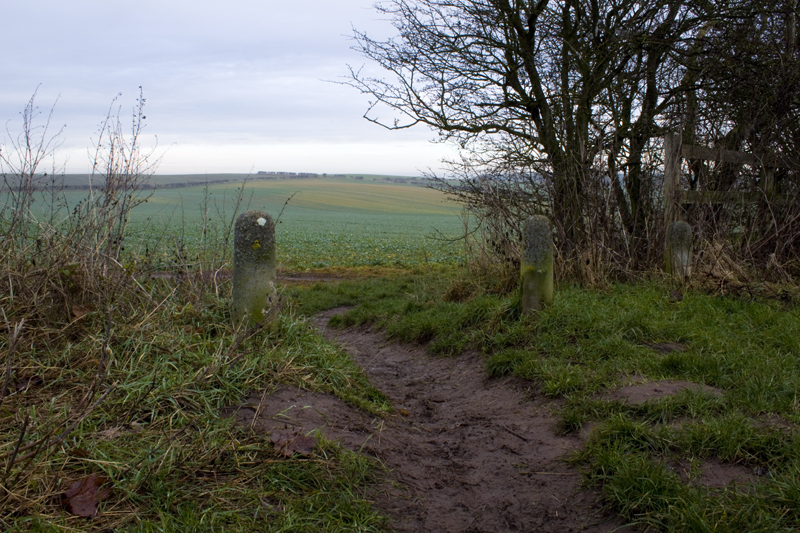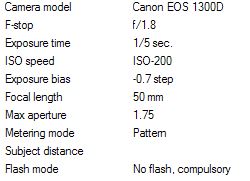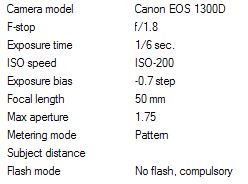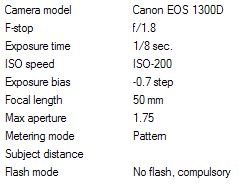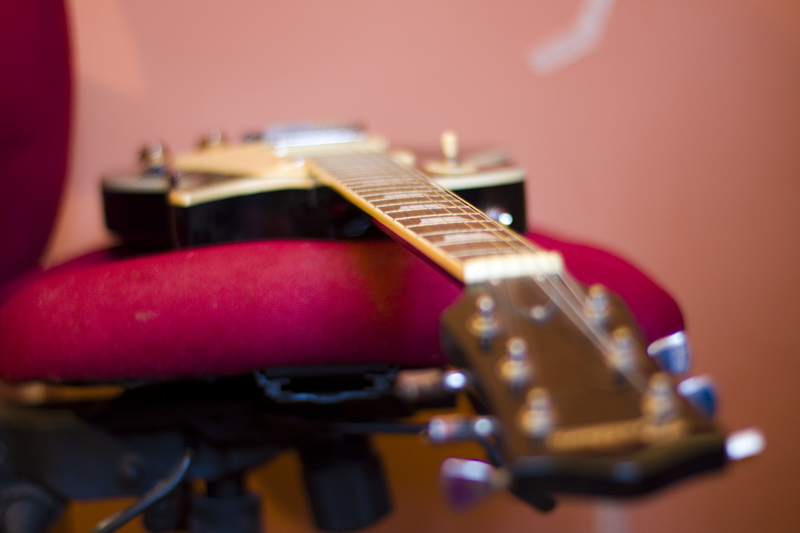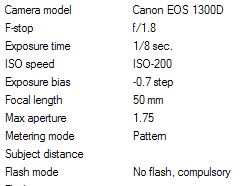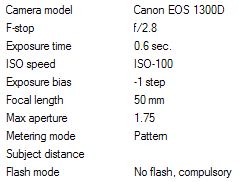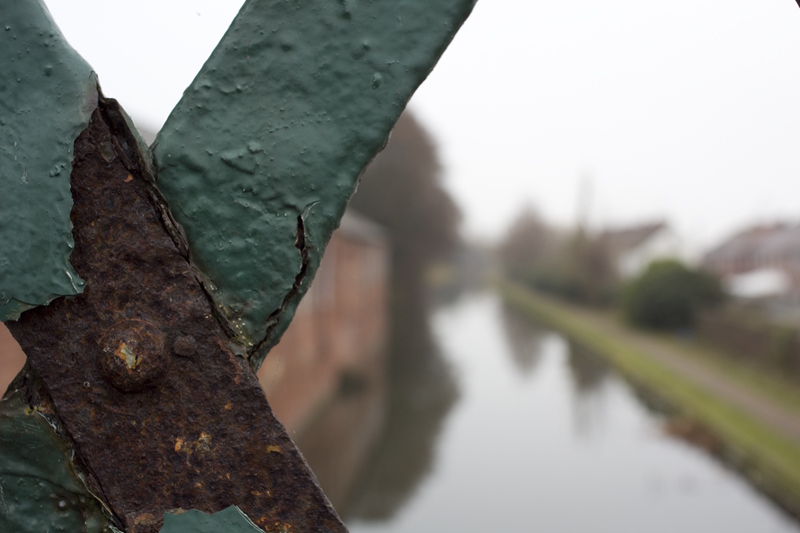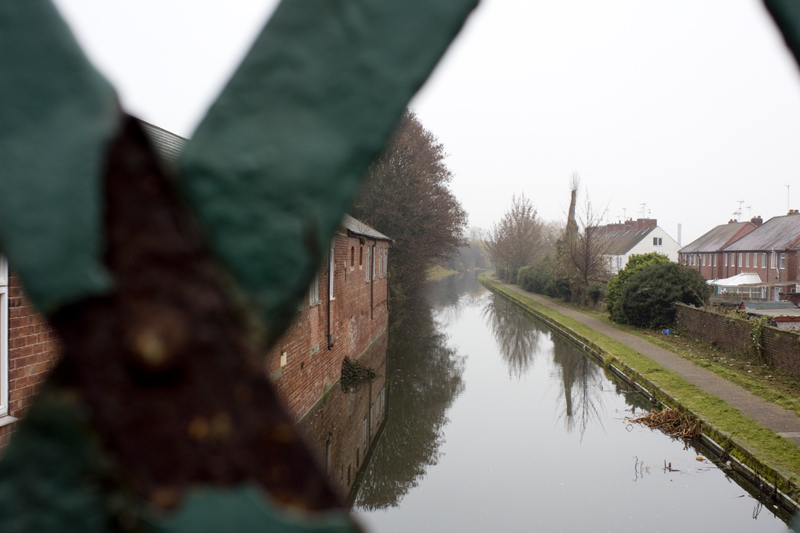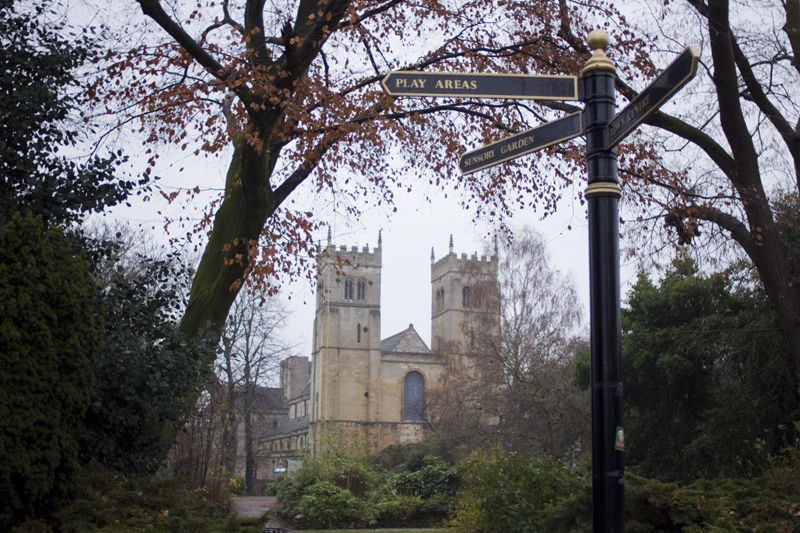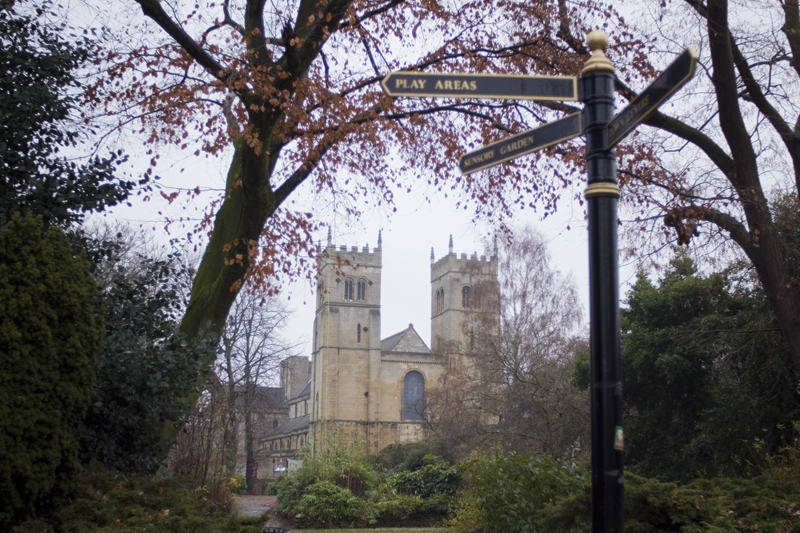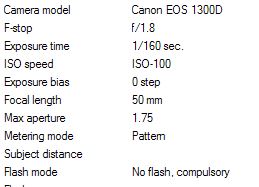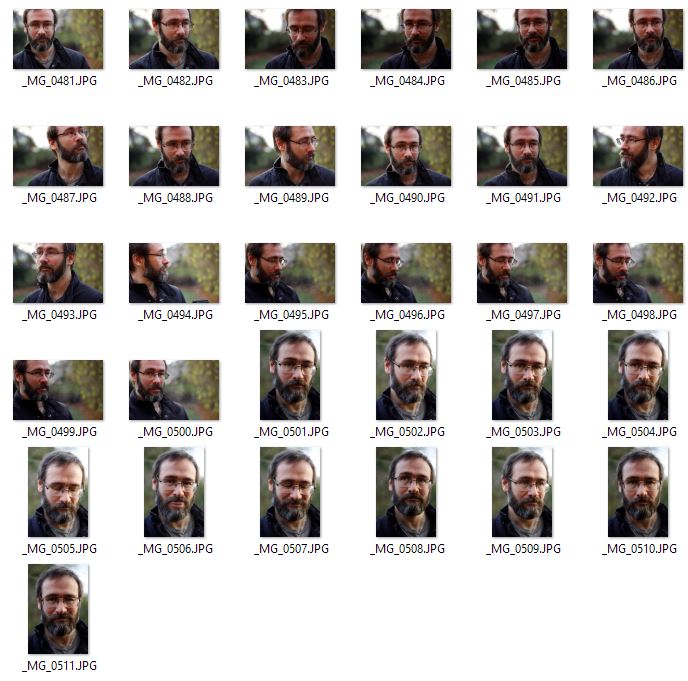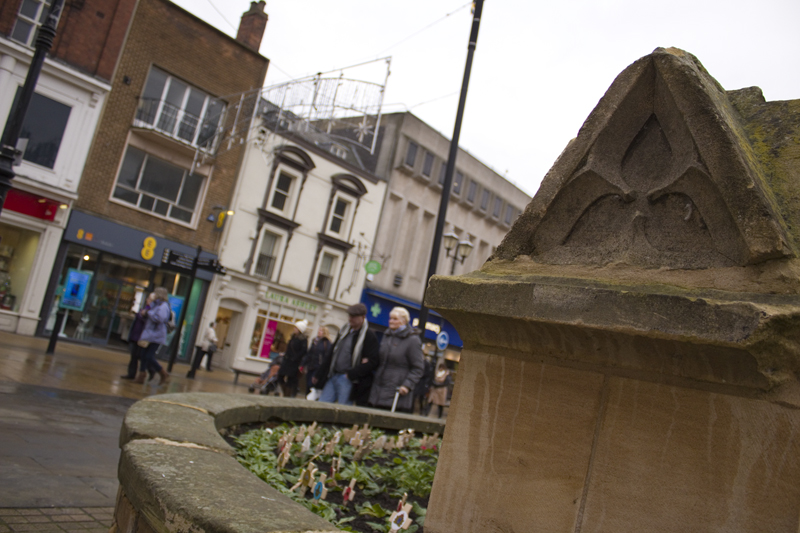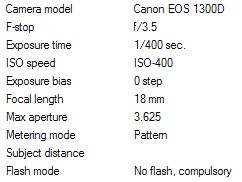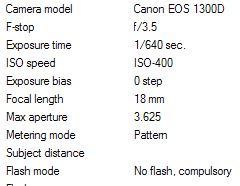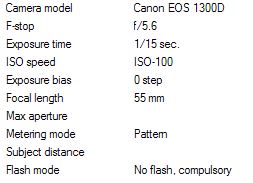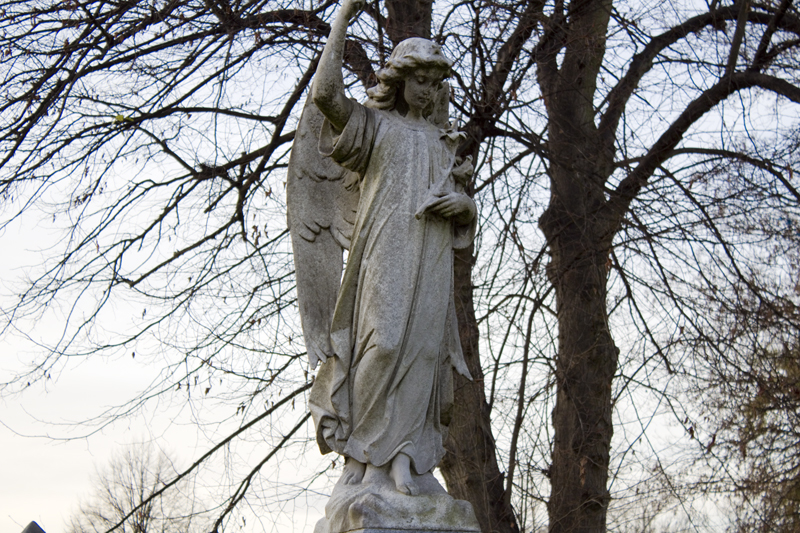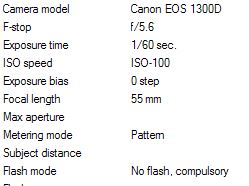Introduction
Additional to the ‘Essential Reading’ list (from which I have read ‘Photography – The New Basics’ from cover to cover), this book, among others, was recommended to me by my tutor.
My very first impression, after reading a few pages was “Oh my god! What a pretentious blowhard! Why on Earth would my tutor suggest I read this?!”
It has to be said that the text is verbose, to the extent that Barthes’ use of words appears willfully to obscure his own meaning. I don’t know to what extent this is down to the translation, as the book was not originally written in English. Nevertheless… I sometimes feel that the excessive use of an extensive vocabulary is not always clever. You are trying to convey a message. To deliberately obscure that message with many, many fancy words is not clever… it’s stupid.
I (thankfully) persevered.
My reading style is typically one of ‘read it slowly, and read it all’. I start at the start, and work my way through, pausing and re-reading sections if I think I’ve not grasped something… and continue in this manner until I reach the end.
That doesn’t work for me with this book. The text is so dense, and the (sometimes fairly easy to grasp concepts) spread across several… or even many… pages… it’s easy to lose the message in the “look at me I’m so clever” swathes of blah blah blah.
So I’m writing my own translation as I go, just to make sense of it.
I shall share that here, and maybe my thoughts on it, too.
I should note here that I haven’t done what I maybe should have done. It would have been better if I’d kept my notes grouped by chapter, so that I/you could refer back from my interpretation here, to what is written in the book. For the sake maintaining my flow while reading the book, though, I merely scribbled down my interpretation as I read, without noting chapter or page numbers. Now being the kind of person that I am… I have started, so I shall go on.
Here we go then….
Camera Lucida by Roland Barthes… an imperfect (and currently incomplete) precis, plus opinions.
Barthes realised it was difficult to categorise photography outside of:
Empirical – Professional/Amateur.
Rhetorical – Landscapes/Objects/Portraits etc.
Aesthetic – Realism/Pictorialism.
He concluded that this was down to the direct link between the subject/object and its representation in the photo. With no object, there was no photo. (This was unlike painting, where the artist could paint objects from their memory or imagination).
This being the case, when you look at a photo, you see a direct physical reproduction of the object.
There being no process of interpretation, such as a style of painting, you just see the object… not the photo.
Barthes acknowledged that his experience of a photograph, as a viewer, seeing an object through the deferred projection of light, is different from the experience of the photographer. The photographer has an idea or emotion in mind when setting the scene, choosing the image to capture. An aspect of photography Barthes had no experience of.
Barthes found himself uncomfortable when knowingly being the subject of a photograph. He couldn’t help but ‘pose’, to try and project his ‘real’ self, but recognised that in doing so, he achieved the exact opposite.
Also, he realised, his character, like everyone’s, is constantly changing and developing, so the photo only captured a fleeting momentary version of ‘him’.
While mental conditions that cause people to ‘see themselves’… out of body experiences, if you like… were often discussed in the past, Barthes notes that the act of seeing oneself in a photograph can be uncomfortable, and so the subject is rarely spoken of.
Historically, he notes, the ability to see yourself as an exact representation is a very recent thing. It brings about questions such as who owns the image?
Barthes refers to ‘four forces’ in portraits.
1: The ‘I’ that I am.
2: The ‘I’ that I want the viewer to see.
3: The ‘I’ that the photographer thinks that I am.
4: The person that the photographer seeks to portray for his own purposes.
This, Barthes suggested, can create a feeling of inauthenticity in portrait photography.
Personal notes
Having only read this far, so far, my impressions are slightly different from my first thoughts.
While the verbose style still annoys me, and makes for very difficult reading, I find the book, and Barthes’ thoughts and ideas interesting.
To be honest, much of what I have read so far, when put into plain English (assuming that I have understood what he is saying) is actually fairly self evident, if not entirely obvious, when you come to think about it. Having said that… I must confess that on much of it, I had never previously thought about it.
Further, this is an important work, for however self evident some of these points may seem now, Barthes was the first (so he claims, and as far as I know) to actually state them publicly.
There are some passages that I have not covered here… some because I have found them entirely incomprehensible, and some, because I found them to be pretentious nonsense. I may be wrong in editing (or rather failing to take notes on such sections) my interpretation in this way, but time is precious, and if I find a section is not useful to me, I’m not going to commit time to making notes on it.
A quick example… (yes, I’m now making a note regarding something I said I wouldn’t make notes on, but humour me)… while talking about posing for portraits, Barthes spoke of his mental processes, and those of the photographer, and likened the moment the shutter release is pressed to some kind of death of the self.
Mmhmm. Okay. It sounds very deep and philosophical, but I’m just not buying it. It reminds me of tales of primitive tribes who refuse to allow their photos to be taken, because it will steal their souls.
I am open to deep thinking. I am very open to art, and artistic interpretation. Heck… I’d be doing the wrong course if I wasn’t. What I’m not open to is … and please excuse my use of language here… ‘deep sounding art bullshit’. That, in my opinion, Barthes is prone to indulging in this, will make reading and interpreting this book challenging. While there is much that is important and useful written here…. it seems interspersed with some well disguised effluent.
It’s possible, maybe even probable, that my view will change, with time and learning. At some point in the future I may look back at what I’ve written here and cringe, but for now, this is where I’m at.

